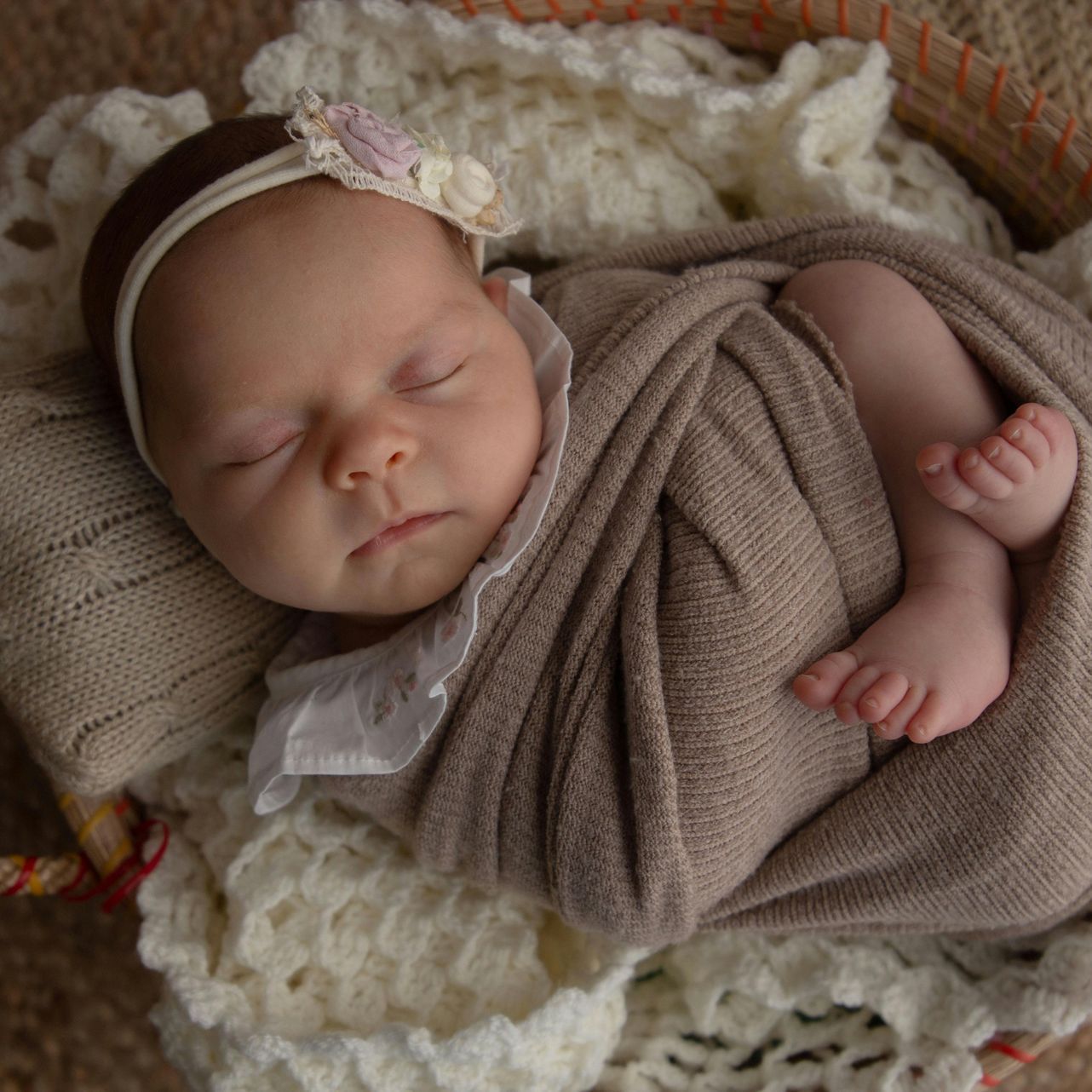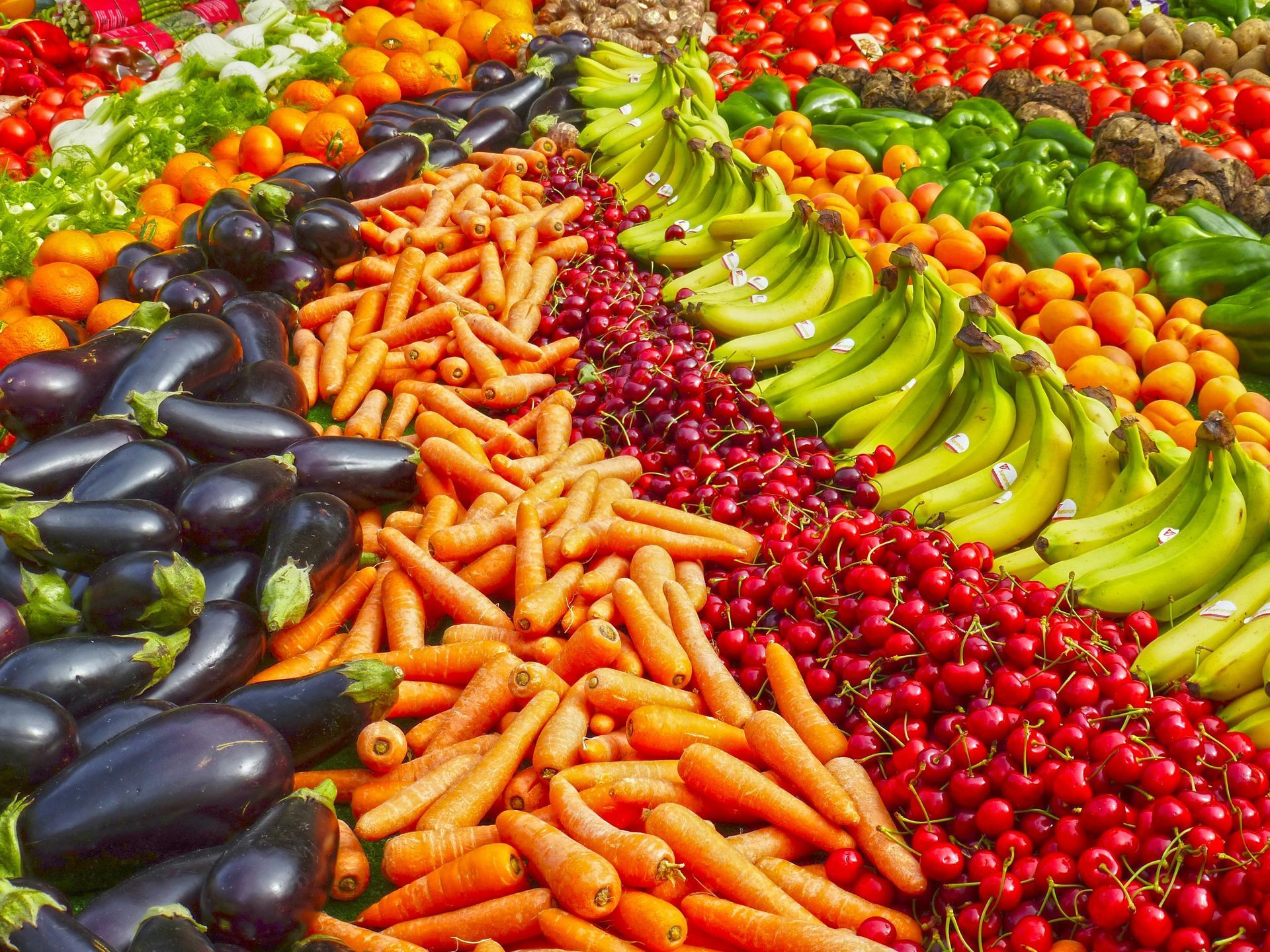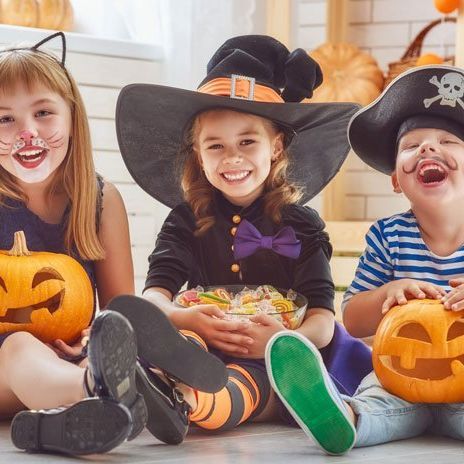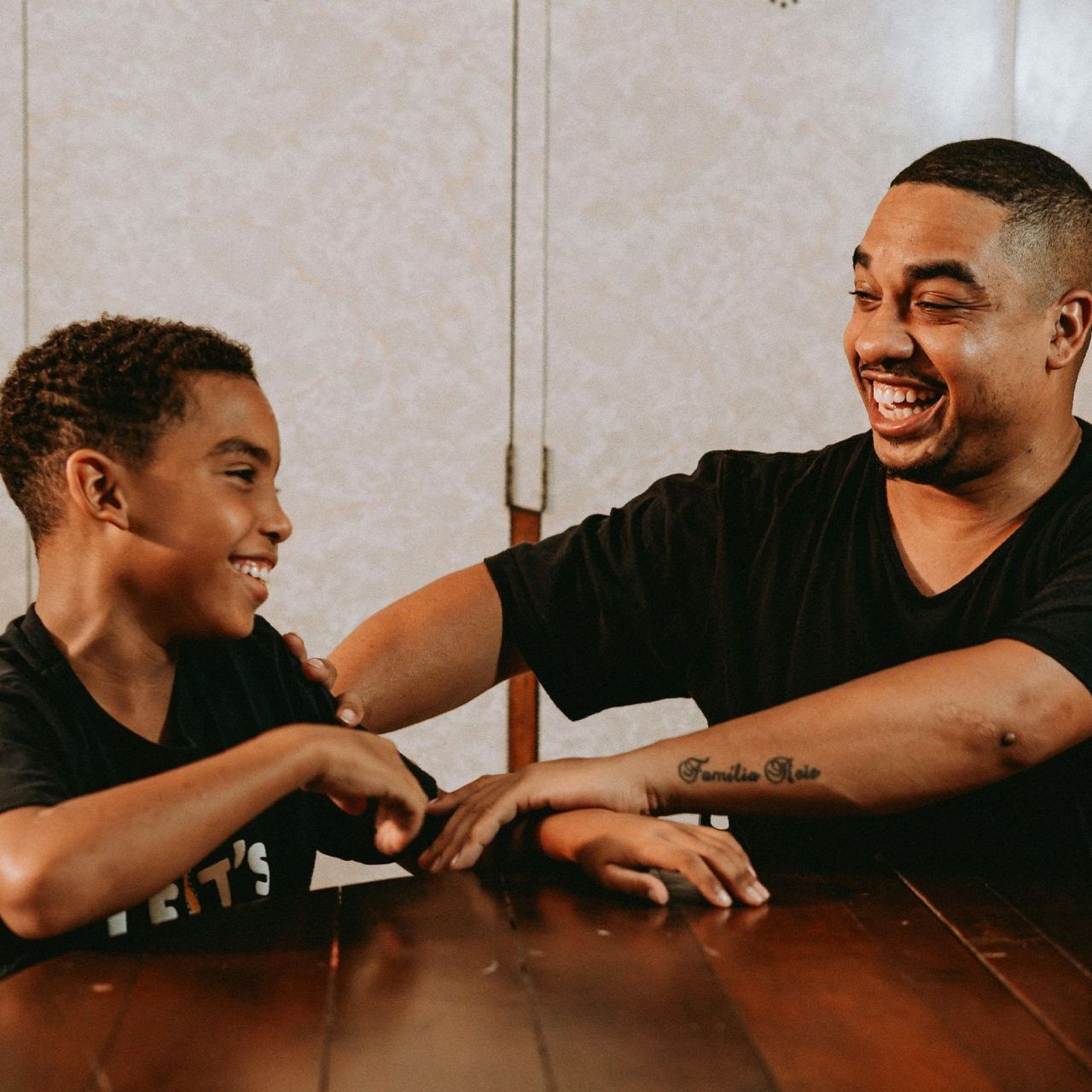How Can I Teach My Child The Importance Of Gratitude?
July 31, 2023

Gratitude. It is something that can make us feel good, and it is something that can make others feel good. Gratitude reminds us to count our blessings and appreciate what others may do for us. According to Harvard Health, gratitude is associated with happiness and positive emotions, and it can lead to stronger relationships and improved health.
If gratitude can lead to a happier, healthier life for adults, imagine what it can do for children. They are learning to express gratitude at a very young age. But how do you show a young child how to express gratitude and appreciation? Use the following guide to teach your child the importance of gratitude.
Good Manners
Start by encouraging your child to use good manners, such as saying “Please” and “Thank you.” While you may feel you are forcing your child to be polite, the key is to help them form a habit of using good manners. One idea is to encourage your child to make their own “Thank You” card for a relative or friend who sent them a gift. It reminds them of how important it is to show appreciation. Lead by example by using good manners yourself, and praise your child for being polite without having to be reminded.
Discuss Gratitude
As your child becomes a pro at using good manners, you want to discuss gratitude with them. Start by telling them what it means to be grateful, but keep in mind that they may not fully understand it at a young age. It may be helpful to use examples to explain gratitude, such as reminding them of how they felt when a friend shared their toys. Children can connect those emotions and words to know what it means to feel grateful.
Gratitude Jar
A gratitude jar is a great way to encourage the entire family to recognize the good in their lives, even if they already know what gratitude means. Start by asking your child to decorate a large mason jar, and be sure to thank them for helping. Encourage the family to fill it with messages and drawings of what they are thankful for that day or week. Several days a month, go through the jar as a family.
Gratitude Journal
You can also supply your child with a gratitude journal to fill in daily or weekly. While this may sound like the gratitude jar, the difference is you are not going to read it out loud without your child's permission. This is a great idea for children and teenagers who want to keep their thoughts to themselves, even if they are feeling grateful.
Volunteer Work
What a better way to teach your child the importance of gratitude than to encourage volunteer work. You can volunteer together in a food bank, pet rescue or homeless shelter. It teaches them to be grateful for all they have right now, plus they have the opportunity to experience the look of gratitude on other people's faces.
With good manners, discussions and hands-on activities, you can teach your child the importance of gratitude.

Growing pains are most common in children ages 3–12, especially during periods of rapid growth. While the exact cause isn’t fully understood, many doctors believe they are related to increased physical activity and the stretching of muscles and tendons during growth spurts, not growth of bones themselves.
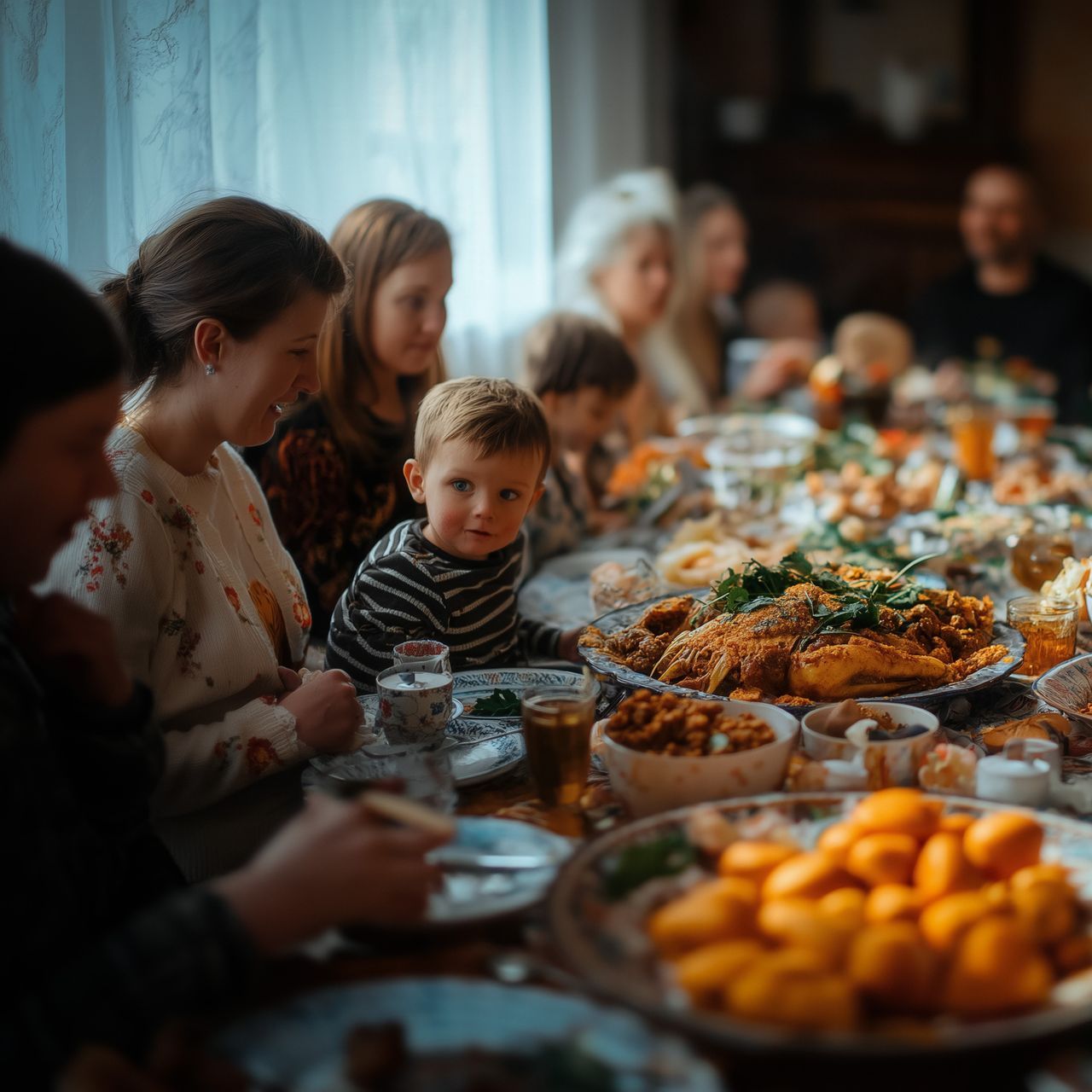
Thanksgiving is a cherished tradition, an opportunity to gather with family and friends to celebrate gratitude for the many blessings in our lives. Whether you're traveling to visit relatives or hosting a festive dinner at home, preparing for Thanksgiving can be a joyful yet daunting task, especially for parents.



